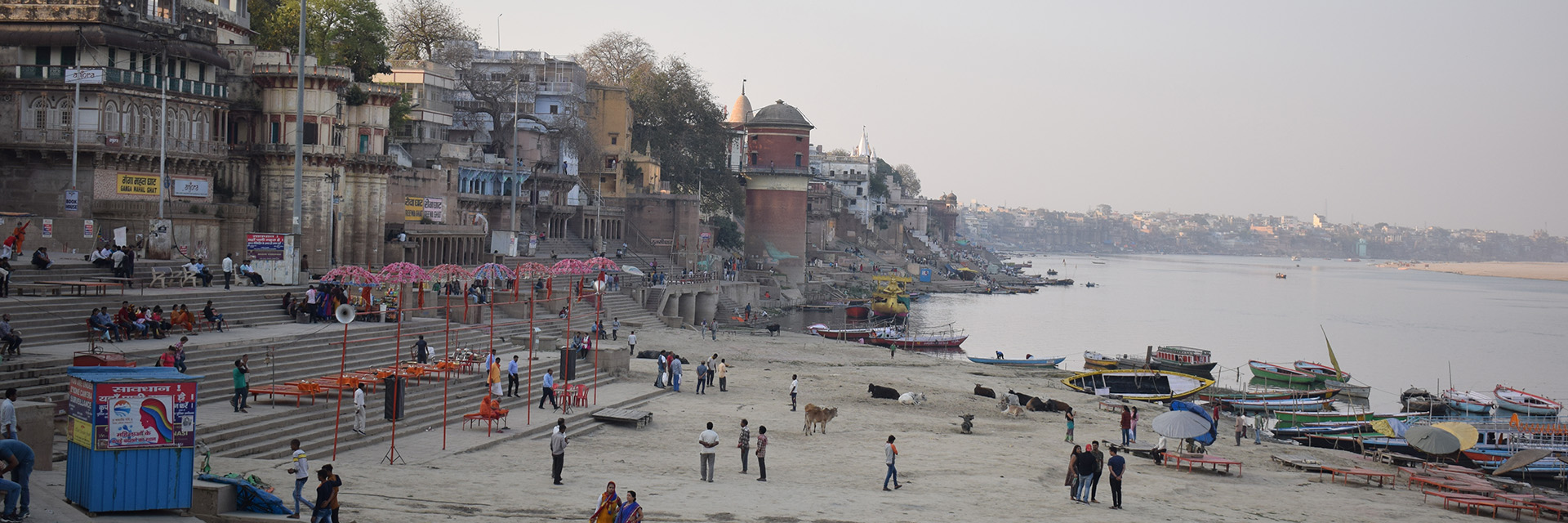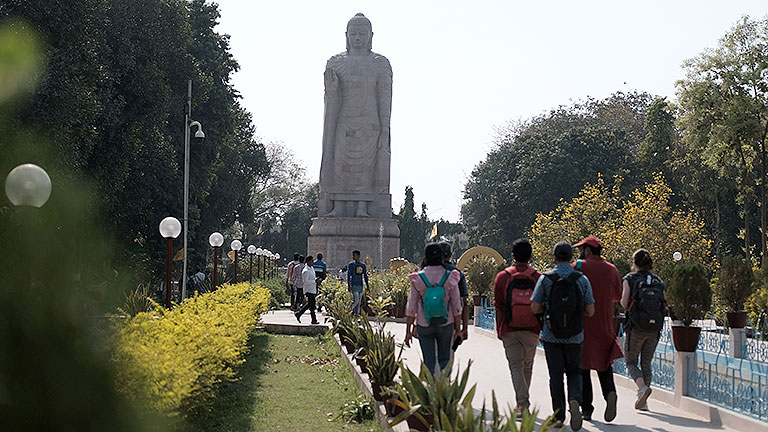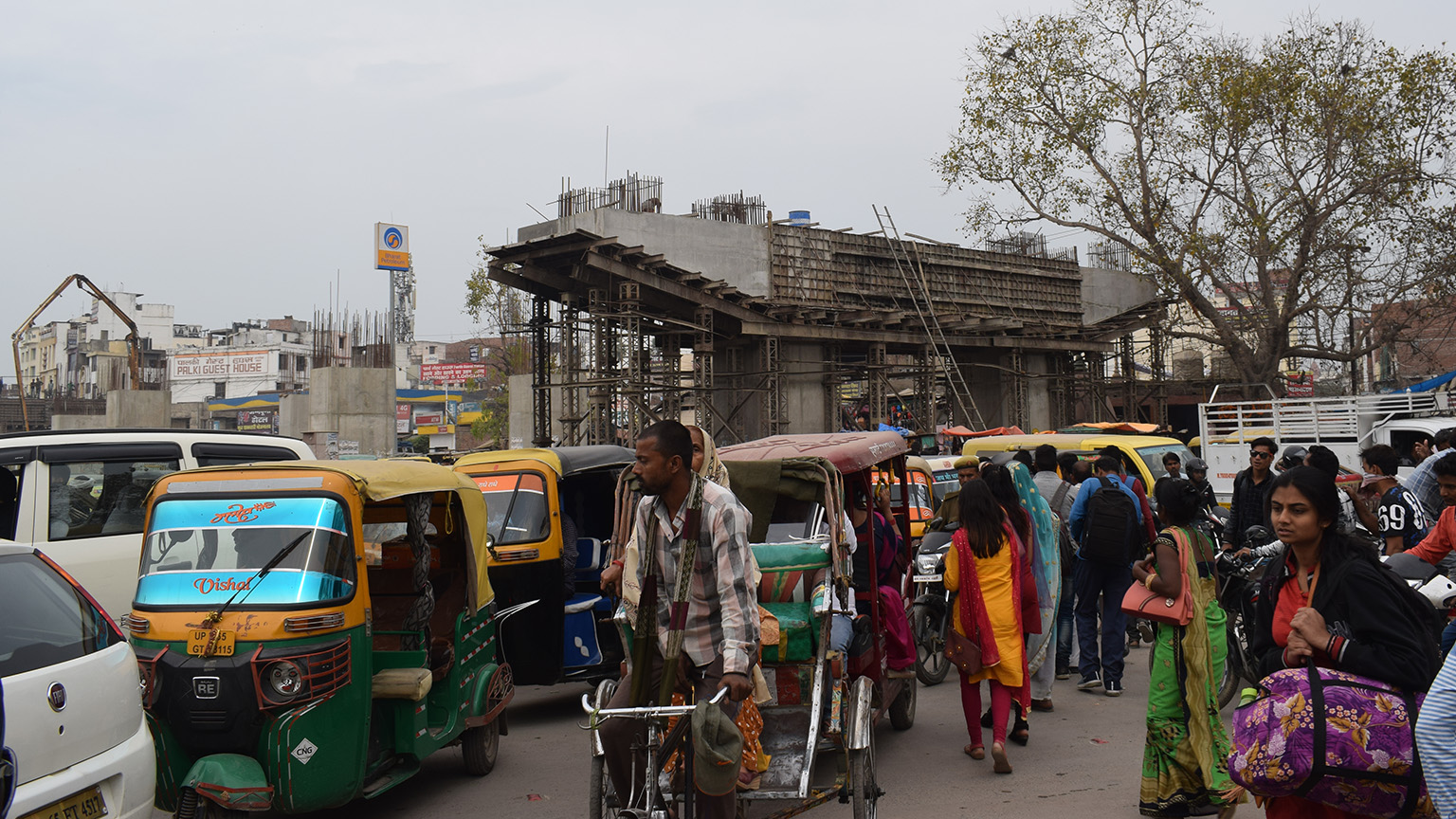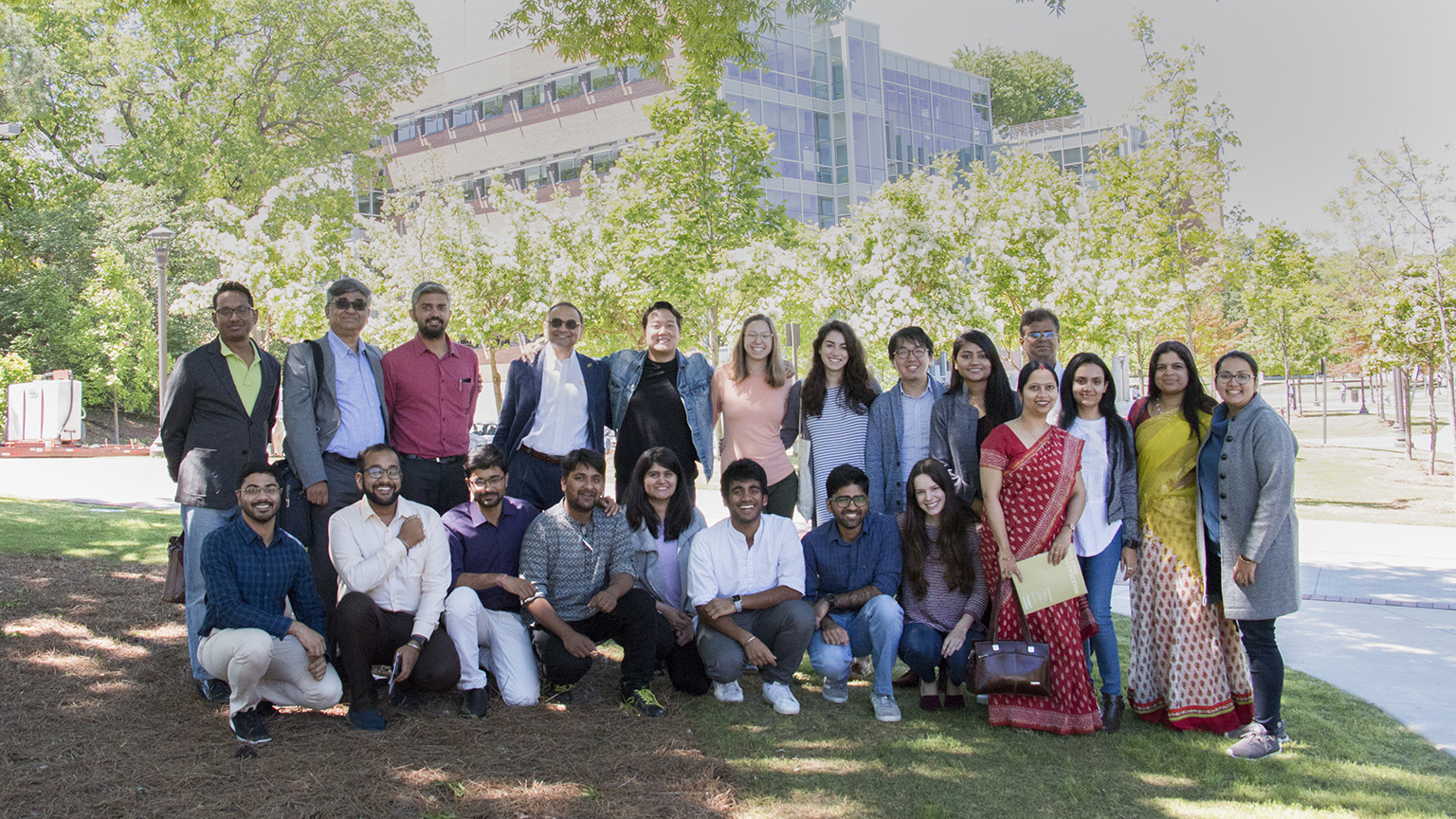
Students Experience Challenges of Planning in India Studio
By Malrey Head | Tuesday, September 24, 2019 | Atlanta, GA
Varanasi, India, one of the oldest continuously inhabited cities in the world, looks to become a 21-century city.
The Government of India a few years ago initiated a $14 billion urban renewal and retrofitting program to develop 100 cities across the country in a “Smart Cities Mission.” Varanasi, which sits on the banks of the sacred Ganges River, is among them.
In the spring of 2019, nine Georgia Tech students took a semester-long graduate studio offered by the School of City Regional Planning to study the “smart city” ambitions of Varanasi, which some sources say has legends that go back 10,000 years.
The students worked in collaboration with researchers and Ph.D. students from the Indian Institute of Technology Kharagpur (IIT-KGP) and the Indian Institute of Technology BHU (IIT-BHU).
While studios are a regular part of the graduate curriculum, the Varanasi studio was a first for the School. It was co-taught by Subhro Guhathakurta, chair and professor in the School of City Regional Planning, and Ramachandra Sivakumar, a member of the research faculty in the School.
Guhathakurta is also the director of the Center for Spatial Planning Analytics and Visualization. Sivakumar is a senior research engineer in the Center. Both the School and the Center are part of the College of Design at Georgia Tech
The project organically grew out of connections Guhathakurta had with the leadership at IIT-KGP. It was about three years in the making, he said. Researchers at IIT-KGP had already done some work with Columbia University, creating connections and good will.
Guhathakurta noted that the studio highlighted the planning, or lack of, in developing countries.
Some of the goals of the studio were to get students involved in international collaboration and learn whether planning is possible; learn to bridge ideas across cultures; and learn how people think of this historic city.
The objective for the students was to create a comprehensive city development plan for Varanasi and provide recommendations for the city. However, students realized that a single solution spanning the geographic diversity of Varanasi was impossible. They also had to keep in mind the historic and spiritual nature of the city.


